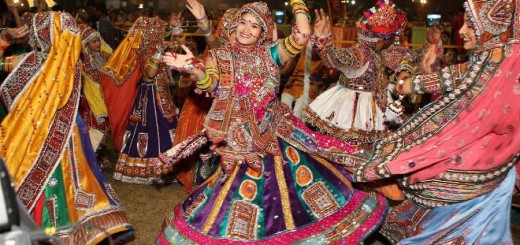Best places to celebrate Navratri / Dussehra in India
If you are interested in Indian culture or Indian festivals, Navratri is the best time to visit India. From Kashmir to Kanyakumari and Gujarat to West Bengal, the entire country wears a festive mood during these ten days.
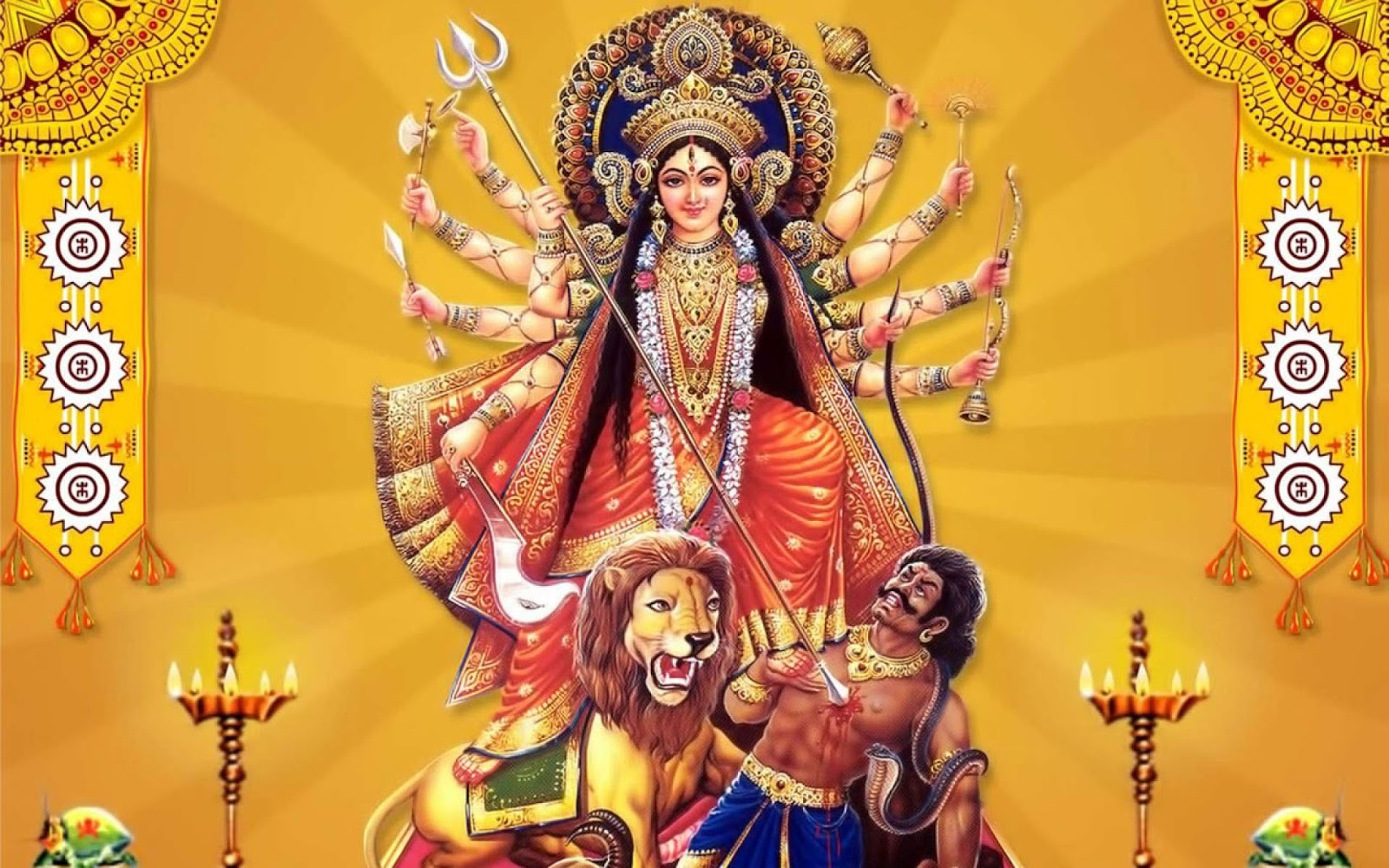 In 2016, Navratri is celebrated from October 2 to October 11. Each state has its unique way of celebrating Navaratri; however, the underlying theme is the same: the triumph of good over evil. While in some states Navaratri celebrates Goddess Durga’s victory over the demon king Mahishasur some other states celebrate the occasion as the victory of Lord Ram over Ravana. There are also people who associate the festival with the victory of Pandavas over Kauravas.
In 2016, Navratri is celebrated from October 2 to October 11. Each state has its unique way of celebrating Navaratri; however, the underlying theme is the same: the triumph of good over evil. While in some states Navaratri celebrates Goddess Durga’s victory over the demon king Mahishasur some other states celebrate the occasion as the victory of Lord Ram over Ravana. There are also people who associate the festival with the victory of Pandavas over Kauravas.
Most people who visit India are actually interested in its spiritual side. That is the main reason they visit this country which gave birth to the mother of all religions – Hinduism – and which remains the most religious place in the world. If you are planning to visit India during this Navaratri, here are the best places to soak yourselves in the festive cheer. And if you don’t mind hanging around for a few more days, Diwali is just round the corner. It is celebrated on the 20th day of Navratri.
Delhi
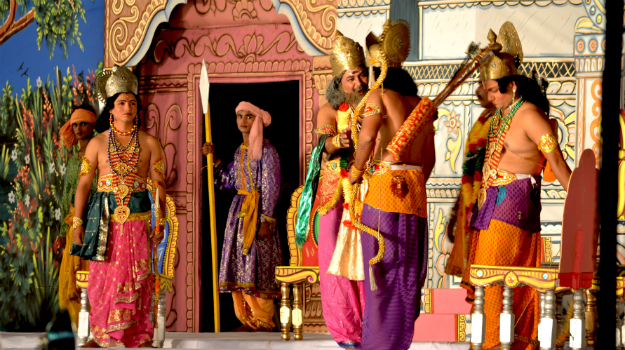
Ramleela is a dance drama that enact the life of Ram.
In Delhi, Navratri is an occasion to celebrate Ram’s victory over the demon king Ravana who had abducted his wife. Ram temples all over the city are decorated on this occasion with flowers and oil lamps. Devotional songs are played and verses from Ramayana are recited. The city is at its spiritual best during Navaratri. Ram Leela, a dance drama, is the highlight of the celebrations. It is held in the evenings on all nine days. On the last day of the festival, effigies of Ravana, his son Meghnad and his brother Kumbhakaran are burnt. This is followed by a brilliant display of fireworks.
Gujarat
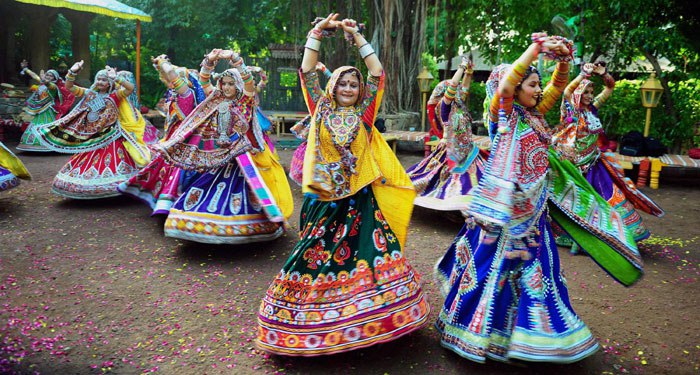
Women performing Garba ras
Navratri is the biggest festival of Gujarat and they celebrate it through dance, music and food. The entire state plunges into a festive mood during this season. Navratri celebrations in Surat, Baroda, Ahmedabad and Gandhinagar are particularly famous. Times have changed. Gujaratis have changed too, but their love for tradition continues and Navratri is the best occasion to experience it firsthand. Women wearing beautiful chania cholis and men wearing traditional kedias gather on festive evenings to perform Gujarati folk dance forms Garba ras and Dandiya ras. Their movements are sensual and beautiful. They dance in cycles to the tunes of music which can be traditional or modern depending upon the nature of the venue. For Gujaratis, Navratri is an occasion to worship Goddess Amba (another name of Goddess Durga). The riot of colors and sounds will overwhelm your senses and fill your mind with awe.
Read more about Navratri celebrations in Gujarat here.
Chhattisgarh
In Chattisgarh, the tribal people of Bastar celebrate Navratri in their unique way. The festivities here last as many as 75 days. Incidentally, Devi Maoli, the local goddess of Bastar, and her sisters are the objects of worship here. Local deities are brought to the Danteshwari Temple in Jagdalpur in a grand procession orchestrated by hundreds of priests. The main highlight of the procession is a 2-ton heavy double-decker chariot made using traditional tools.
Varanasi
An aura of spirituality and festivity envelop Varanasi during the ten days of Navratri. India’s spiritual capital is already the favorite haunt of devotees and seers. During Navratri the city sees a bigger influx of pilgrims and tourists.
The main highlight of the celebration is Ram Leela, a dance drama that enacts the lives of Ram, his wife Sita and brother Lakshman in exile. It is performed on a makeshift stage. During Navratri, Ram Leela performances are organized throughout the city. However, the one enacted at Ramnagar, about 15 km from Varanasi, is particularly famous. Ramcharitamanas, the epic poem authored by poet-saint Tulsidas, is recited on all nine days with great devotion. Even hearing this recital is considered virtuous.
Read more about popular Navratri legends here.
Himachal Pradesh
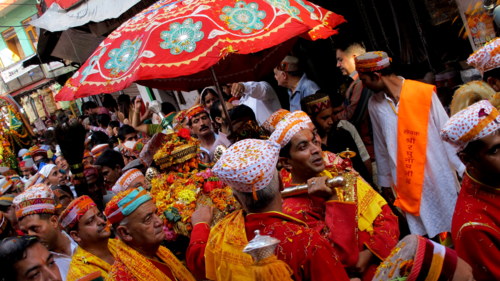
Dussehra procession in Kullu
In Himachal Pradesh, they celebrate Dussehra, not Navratri. While Navratri is the nine days and nights preceding Dussehra, in Himachal, the 7 days following Dussehra are the most important. That means here the celebrations begin on the day it ends in other parts of the country. Kullu Valley is the epicenter of Dussehra celebrations in Himachal. Here the focus of the celebration is the worship of Lord Raghunath (Ram). The venue is the huge Dhalpur Maidan which becomes a fairground on this occasion. The idols of local deities are brought to the fairground in grand processions. The entire valley brims with festive cheer for seven days. The celebrations culminate on the 7th day with the burning of a huge heap of grass and wood on the banks of the river Beas. This symbolic act commemorates the burning of Lanka. In the Hindu epic Ramayana, Ram is the king of Ayodhya, a city near Delhi, and his enemy Ravana is the king of Lanka. Lanka was burned at the end of the battle between Ram and Ravana.
Read more about Kullu Dussehra here.
Karnataka
The Dussehra celebrations in Mysore are a 400 year old royal tradition. In Karnataka, Dussehra is known as Dasara. Here the celebrations last ten days starting the full moon day in the Hindu month of Ashwin. The majestic Mysore palace is illuminated with over 100,000 lights on all ten days of Dasara. It is a visual treat that no other city can afford to give. Tens of thousands of people throng to watch the royal Dasara procession through the decorated streets of Mysore.
Read more about Dasara celebrations in Mysore here.
West Bengal
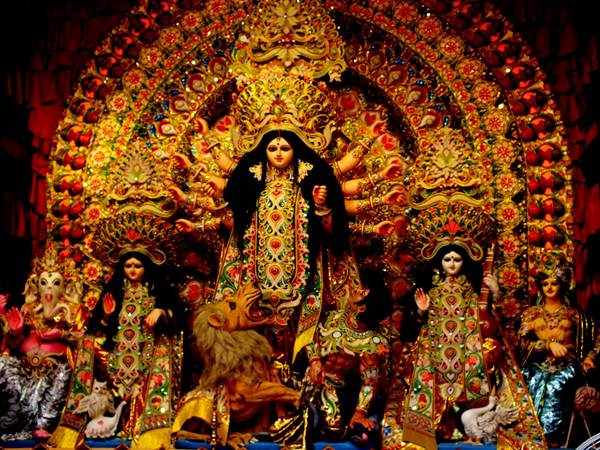
A Durga idol installed at a pandal in Kolkata
In West Bengal, Navratri is known as Durga Puja. This is a 5-day long cultural and spiritual extravaganza that has become synonymous with Bengal. Kolkata, the capital city of the state, is the epicenter of the celebrations. The entire city becomes dotted with numerous pandals (make shift shrines) where lifesize idols of Goddess Durga are installed and worshiped. These pandals showcase a variety of themes. During these five nights, Kolkata does not sleep. The festival ends with the immersion of the idols on Vijayadashami.
